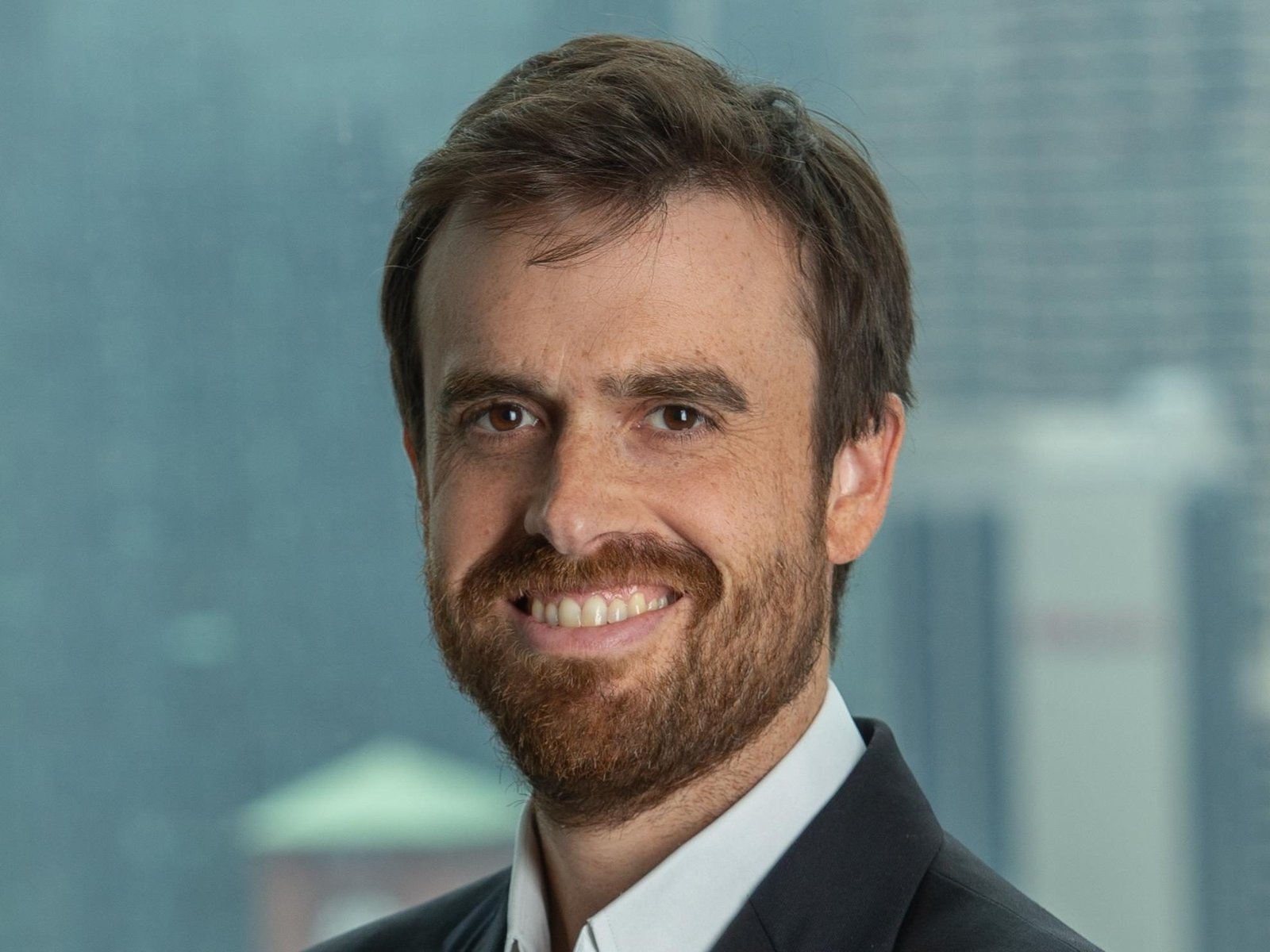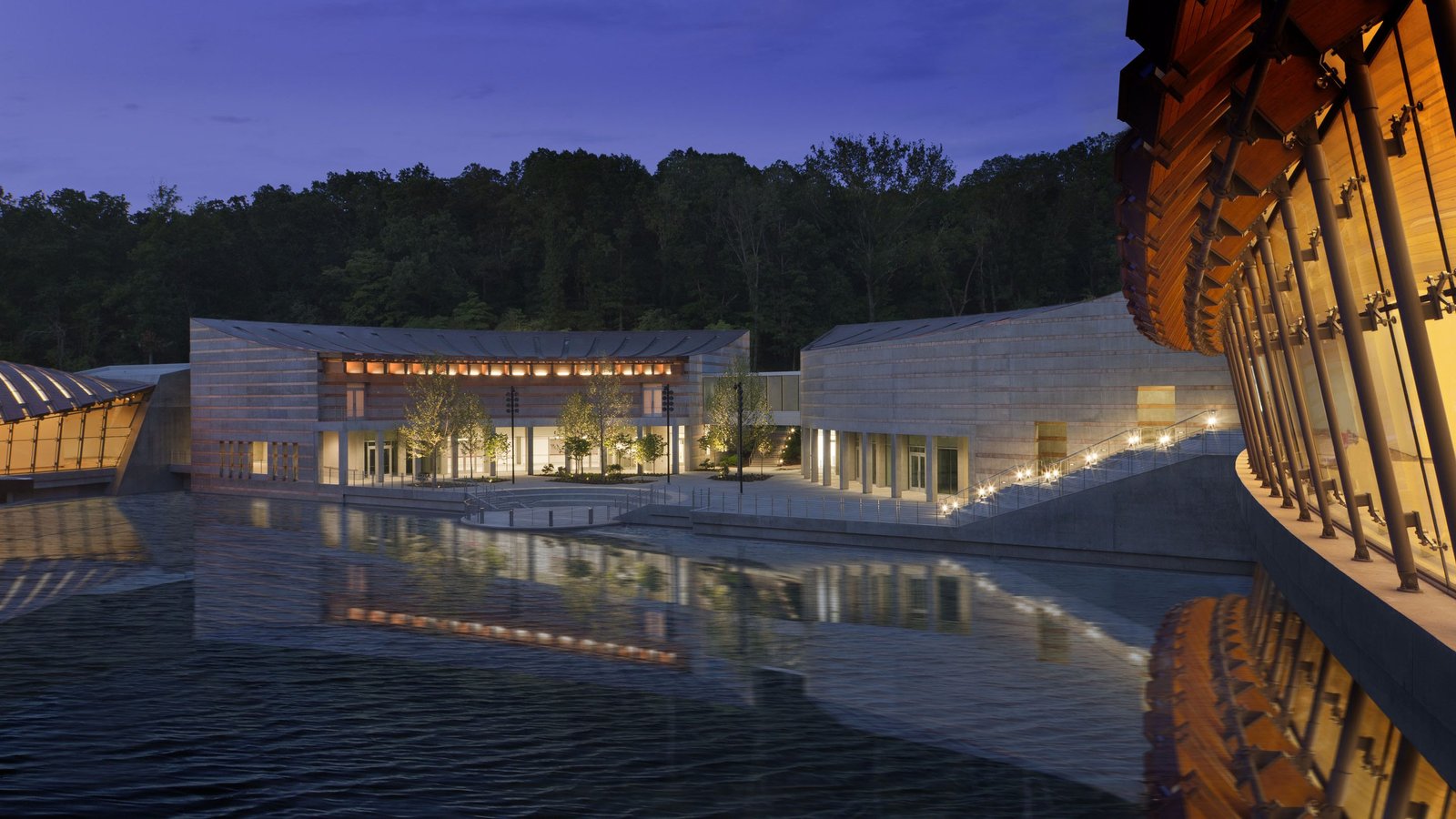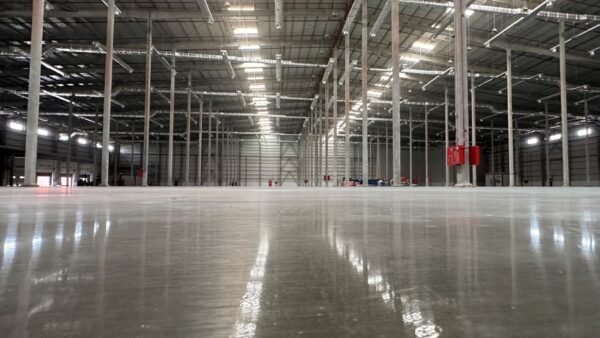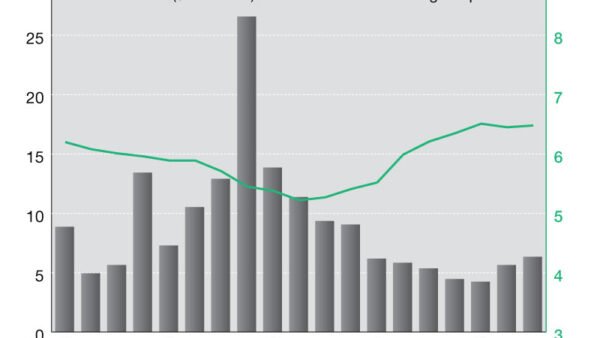
In times of economic hurdles that have permeated all sectors of commercial real estate, investors and developers are increasingly turning to previously overlooked smaller markets to stay active or even grow.
And coastal areas and the Sun Belt are not the only regions they’re willing to deploy their capital in. Secondary and tertiary markets in the Midwest are bringing forth a set of advantages that have the potential to alter the way investors look at new ventures. One of the companies looking to capitalize on these benefits is Hines, which has recently announced a concerted push into the Midwest.
We asked Senior Managing Director Will Renner to talk about the company’s decision to expand to Oklahoma and Northwest Arkansas, and also touch on why smaller markets are poised for growth in the long run.
READ ALSO: Breaking the Cycle—Looking Ahead to Interest Rates Cuts
What was behind your decision to pursue new opportunities in these secondary and tertiary markets?
Renner: In addition to Hines’ broader analysis, I have personally followed both markets for many years and noticed the growth and economic trajectory of the two regions, especially as we worked on our first projects in those areas. We recognized that Hines could further build on the legacy of the Devon Energy Corp. Headquarters—also known as Devon Tower—in Oklahoma City and of Crystal Bridges in Bentonville, Ark., and invest across product types in a more meaningful way. Both projects were pivotal in shaping and cementing our investment strategies for these areas …
More specifically, the long-term bet on smaller, dynamic markets is a salient strategy given current living patterns and preferences. From a personal standpoint, I recently moved to Tulsa, Okla., because my wife is from Tulsa and we were attracted to the quality of life, business-friendly environment and wide-open spaces in the area. In many ways, my own family is a case study on why many people are choosing to move to these markets—you can keep the big-city job and live a small-city life. It’s not for everyone, but we enjoy it.

What type of assets will Hines be focusing on in these Midwestern markets?
Renner: We’ll likely be most active in ground-up multifamily, industrial and large mixed-use or cultural anchor projects. We have a particular expertise in sports-anchored mixed-use districts. I also think build-to-suit office projects and headquarters development are natural fits for us.
Lastly, there is precedent for buying retail assets for the long term, and we are increasing our retail activity, but most of the time retail is a supportive element of a larger mixed-use project.
Why these specific assets?
Renner: Ground-up multifamily is a direct response to relatively dated existing stock in smaller markets and the growing demand for best-in-class product from people moving to Oklahoma and Northwest Arkansas from larger markets. People relocating to these areas are accustomed to quality product and professional management and they don’t want that to change.
READ ALSO: Has the Return-to-Office Trend Peaked?
Regarding industrial, both markets provide relatively central locations for regional, or perhaps even national, distribution patterns.
Large mixed-use projects don’t happen as frequently in these markets as they do in the larger, primary markets, but Hines is uniquely qualified to lead these initiatives given the fact that we are fluent in all asset classes and have a track record of developing successful, city-defining mixed-use projects in markets across the globe …
Finally, we have always taken pride in development fee for service-oriented work across larger cultural anchor projects such as sports arenas, museums or other significant city assets.
All this seems to be part of a long-term expansion plan. How will it come to fruition?
Renner: We see markets like Oklahoma and Northwest Arkansas as ‘ands’ not ‘ors’ to primary markets. We are very bullish on the role of large cities and continue to be active in them. From an expansion standpoint, we are selective about the cities we decide to grow our presence in, such as Columbus, but our expansion will likely come from going deeper across existing asset classes and some of the maturing products like data centers, student housing etc.

Secondary and tertiary markets come with their own sets of challenges. In your opinion, what are the main ones and how do you plan to tackle them?
Renner: The flexibility needed in structuring projects and the smaller sizes of these markets can be challenging. From a structure standpoint, windows of liquidity can be smaller, rewarding owners with the optionality to hold longer if needed. I do think this is changing, but it remains the case, at least for the larger projects … For smaller projects, you could argue that some smaller markets are more liquid than the larger ones, at least right now.
For Hines, given our typical project scale, we can’t do all the projects we’d like to in these markets as many are likely just too small. So being disciplined about the projects we take on and making quick decisions out of respect for people’s time are critical. On the flip side, we truly dig in on the opportunities where we can honestly say we are the best fit and are likely to drive the most value for the client or investor.
Overall, market fundamentals are dampening in the U.S. To what extent do you expect this to impact your long-term strategy?
Renner: We are long-term thinkers, and especially for development deals, we tend to think in multi-year increments and don’t make decisions based on daily news. The current environment is great for launching development deals or buying, because while it’s impossible to know if we’re at the bottom, there has certainly been a pricing and expectation reset across most of the U.S. market.
How do you expect the commercial real estate sector in these not-so-popular markets to evolve in the following years?
Renner: I would say these markets have been overlooked rather than unpopular. Clearly, the larger institutions have historically been hesitant to invest in smaller markets, and thus the windows of liquidity can be shorter and project sizes smaller. However, that doesn’t mean there aren’t successful projects and economic outcomes. I think it simply means that the players on the field are different than in the primary markets.
Not many would have predicted the rapid rise of markets like Nashville, Tenn.; Raleigh-Durham, N.C.; Austin, Texas, and Denver, among others, 15 years ago. These examples certainly represent larger and more in-demand markets right now compared to Oklahoma or Arkansas, but they share common traits.
Given the flexibility with remote and hybrid work that I believe is here to stay in a post-COVID-19 economy, people moving into markets like Oklahoma City, Tulsa or Northwest Arkansas is really just an extension of migration patterns that started long ago. And to be clear, people are certainly migrating to these markets. Both Oklahoma and Arkansas are in the top 15 nationally in term of aggregate—not per capita—move-ins in the past few years.
READ ALSO: Repainting Oklahoma City’s Skyline—Behind BankFirst Tower’s Makeover
So what’s your outlook for commercial real estate investment in these secondary and tertiary markets?
Renner: I would reiterate the point that I believe the next investment cycle should be a great vintage. One way we are meeting this moment is by launching Hines Private Wealth Solutions. The high-net-worth and family-office investors within the private wealth ecosystem have a sophisticated understanding of secondary and tertiary markets, so they are open-minded and are often wonderful capital matches for deals in these smaller regions versus some of the larger institutions who perhaps have a more defined list of markets they will invest in.
Many of these private investors live in markets like Oklahoma City, Tulsa or Northwest Arkansas—they understand the value proposition these places provide, have witnessed their growth firsthand, and have a strong desire to be a part of their future.




